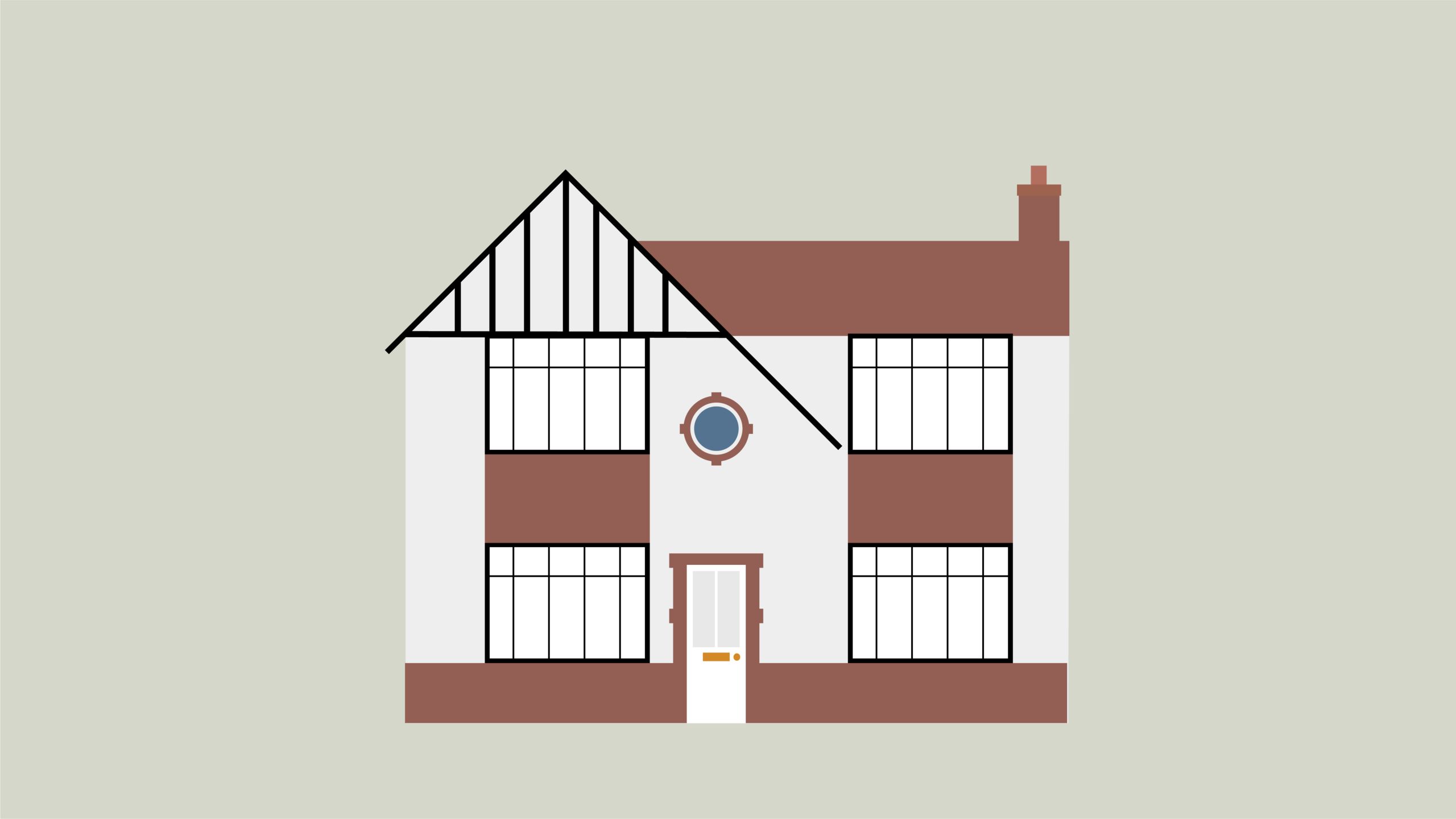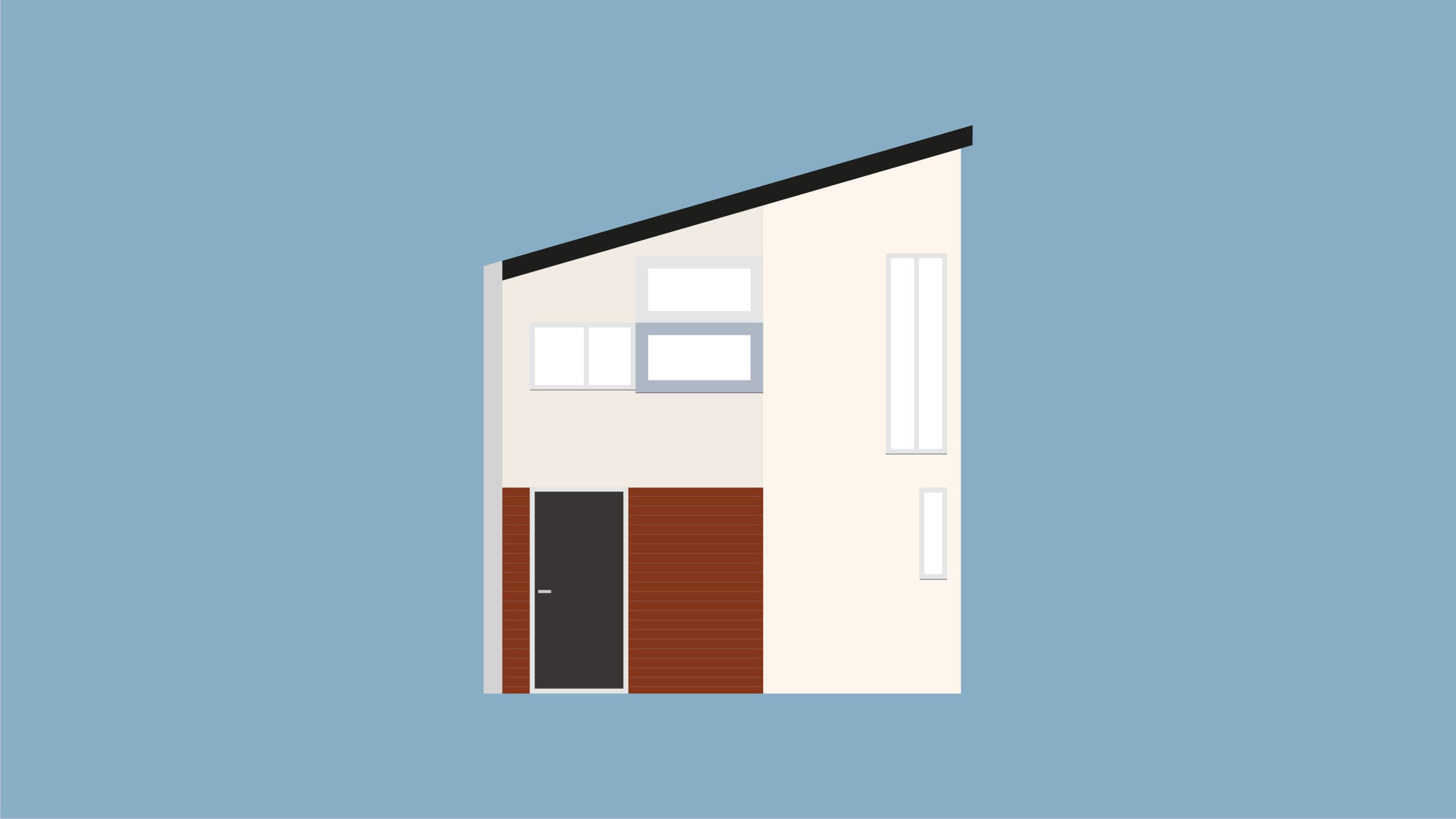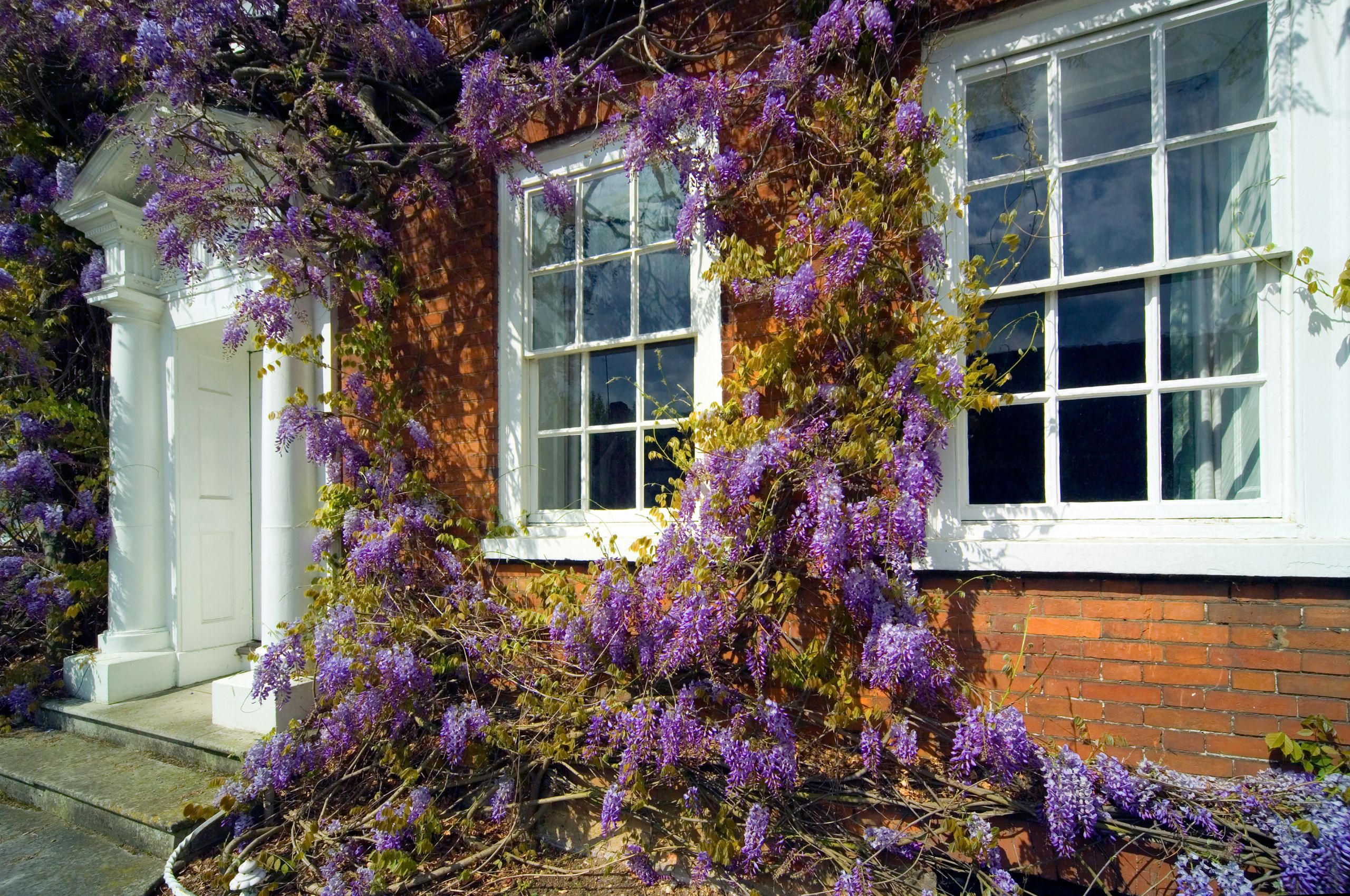Table of Content
Leave your curtains open in the day to get the benefits of the sun’s warmth but close them in the evening to keep the warm air inside your home. Instead, make sure you cap the chimney at the roof to seal it, ideally insulating or backfilling with a lightweight material to permanently close it off. While they can cost a bit more than old-fashioned light fittings, you can now get a real variety of styles, and what you save in electricity will balance the initial cost. Don’t confuse draughts with ventilation – draughts are unintentional and not part of how your house was designed to work. Letter boxes and sash windows are both famous for draughts, so well-made snug fittings are what you need. This building period starts with experimentation to solve the housing problems after World War Two and ends with the dominance of the big house builders.

While cavity wall insulation is the most common option, it’s not suitable for many older homes that have solid walls. Alternatives like insulation boards and internal wall insulation can pose their own issues, so it’s essential to do your research before deciding on the best type of wall insulation for your home. Without the same level of know-how and technology that goes into building new houses today, older homes can be much more likely to have drafty windows, poor insulation, and outdated HVAC systems. Replacing your old HVAC system with a new system saves you money on your energy costs all year long, from heating your home in the winter to cooling the air in the summer. The appropriate windows can keep cool air in during the summer and hot air out during the winter.
Insulate floors over a garage
Be sure that the insulation is about five inches deep, and ask about the optimal R-value for insulation in your area. Drafty doors and windows can really put a damper on an old home, but sealing air leaks or installing new doors and windows can make a tremendous difference. Air leaks, typically caused by cracks or holes around windows and doors, provide a way for warm air to escape outside. Sealing leaks around doors and windows with caulk, weatherstripping, or putty can save you an estimated 20 percent on heating and cooling costs, according to Energy Star.

Realize, though, that you don't have to follow every step to be energy efficient. Even if you only implement two or three of these changes you will be saving energy, money, and the environment too. If you’re interested in using smart home technology to make your home more energy efficient, there are a few things you need to know.
How to make an old home more energy efficient
That’s because solid walls let twice as much heat escape as cavity walls. And while solid wall insulation can be a more expensive undertaking , it’s worth remembering that the savings on your heating bills will also be bigger. Many homeowners are now using smart home technology to make their homes more energy efficient. Smart home technology allows you to control your home’s energy use from your smartphone or computer. You can use it to monitor your energy usage, set heating and cooling schedules, and receive alerts when appliances are left on.
Choose a condensing tankless water heater, which reuses exhaust gas to help heat your water more quickly. Furthermore, most energy-efficient light bulbs last longer than incandescents, so you’ll save money by not having to replace them as regularly. “You could install programmable thermostats, consider raising the roof slightly to add insulation, make sure that all heating and hot water pipework is also well insulated,” said Annette Lamley. Far better to use natural building materials, heat only what you need and use traditional shutters and heavy curtains, they said. Finally, fixing the fireplace in an older home is an important step in making the home more energy efficient. Fireplaces and chimneys are often taken for granted, but they should be checked and cleaned on a regular basis to make sure they’re operating safely and effectively.
Insulate the walls
Here are five ways to make your old house the greenest one in the neighborhood. These updates range from quick fixes that can be completed in a day to major projects that require more time and a greater investment.

Whether you’ve got cavity or solid walls, filling them with wall insulation could be a very cost-effective way to retain heat in your home and save energy. Old homes need not be energy monsters that drain your wallet and purse. With the right combination of products and usage, energy bills and water costs can be kept to a minimum. Call our expert team to find out more about how to make your old home more energy efficient. A useful insulation energy-efficiency tip is to block the chimneys of old homes.
Analyze your home’s weak spots in order to prioritize your upcoming investments in energy efficiency. Contact us today for more information about our cork coatings and how they can help you improve the energy efficiency of your old home. Replacing your old HVAC system with more energy savings one can be a big investment, but it is worth it in the long run. Even if your house isn’t so old, you can still have an old-fashioned thermostat that gives you very little control over the temperature. By installing a programmable thermostat, you will be able to modify the temperature in your home when it is necessary, such as when you go to bed or when you go for work. Regardless of when you intend to replace your household appliances, you can take certain steps to enhance their efficiency with your current ones.

In steam and hot-water systems, bleed radiators, replace faulty air vents, and have boilers checked and cleaned at recommended intervals. Around one third of the heat loss from most homes is through the walls – but cavity wall insulation could save you as much as £310 a year in heating bills2, and 1.1 tonnes of carbon a year. Utility companies are also offering programs that can help you make your home more energy efficient.
For more information, see our guide to the costs of repairing or replacing your boiler. Heat source pumps are an option for owners of old homes that have been properly insulated and draught-free. An air source heat pump takes exterior heat and releases it inside as hot air, hot water-filled radiators, underfloor heating and/or domestic hot water supply. One of the best ways how to make an old home more energy efficient is to add insulation to the attic, walls, and floors. It will help keep the heat in during the winter and the cool air in during the summer. Solar energy can be used to heat water, power appliances, and lighting, and generate electricity.
If you’ve gone through all the above and are still looking for more, you could think about adding insulation to the walls or other elements of your home. To make your windows more efficient while keeping the original fittings, think about installing secondary glazing (a removable panel that turns single-glazed windows into double). If you do this, be careful you don’t also block off any necessary ventilation. Beyerairconditioningheating.com needs to review the security of your connection before proceeding.

No comments:
Post a Comment